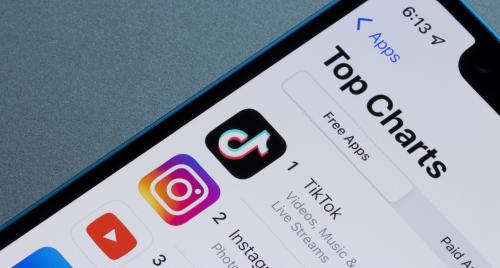Last month Google Fiber, the broadband Internet and TV subsidiary of Alphabet, announced the rollout of free gigabit Internet service for the West Bluff neighborhood in Kansas City, Missouri. This is the first step in the company’s plan to provide free gigabit service to public housing in all cities where fiber is available through a partnership with the White House’s ConnectHome program. This list currently includes four cities, but with seven cities approved for fiber rollout and another eleven potential fiber cities, it is possible the service could expand rapidly in the near future. Google Fiber’s growth and continued partnership with the Department of Housing and Urban Development have far-reaching implications for the future of the nation’s broadband infrastructure.
This partnership raises the subject of how Google Fiber determines which cities will receive access to the service, and what can be done for those outside of the company’s reach. As the fiber expansion map shows, Google Fiber’s focus remains in the Southeast and West. It has been suggested that Google Fiber looks for small cities that have high growth potential, an existing fiber infrastructure, and a local government willing to draft regulations that make entry into the market easier (sometimes with unintended consequences). These criteria generally have not included larger coastal cities such as New York, Philadelphia, and Washington, and it rules out free gigabit access to the rural poor a demographic that is often overlooked in this conversation but is equally impacted by the broadband gap.
Google Fiber’s free gigabit service will not reach every home in need of it. However, that should not diminish their partnership with ConnectHome, since we cannot expect similar actions from other internet service providers (ISPs). Google Fiber’s accomplishment, improving infrastructure at an affordable price, can be achieved by their competitors. Existing ISPs have the capability to bring high speeds to the entire country at an affordable price, but they lack incentives for improving their existing networks, especially in cities where they face little competition. The power of competition can be seen in AT&T’s rollout of and price reduction in gigabit Internet service after being challenged by Google Fiber in multiple markets.
The government’s role includes investment in infrastructure and the creation of an environment where competitors like Fiber can enter a market without the backing of a parent company like Alphabet. The first has been a priority of the Obama administration, but the U.S. still ranks 23rd in the world in fixed-broadband subscriptions per 100 inhabitants according to a 2015 report by the Broadband Commission for Digital Development. Continuing the goals of the National Broadband Plan should be a top priority of the next administration. But availability is not the only hurdle; affordability is the primary barrier to Internet access in poor urban and rural communities.
Fast, affordable Internet service in the homes of the urban and rural poor is a necessary and achievable goal. The Obama administration recently released a report detailing the economic benefits of broadband access, which also has benefits for children with autism spectrum disorders, students preparing for college, older Americans, and many others. Google Fiber’s effort to bring free gigabit service to public housing in the cities they serve is a positive step, but affordability barriers will persist until markets beyond Google Fiber’s reach become more competitive.
Lucas Wright contributed to this post.



Commentary
Google Fiber, competition, and affordable broadband for all
March 22, 2016